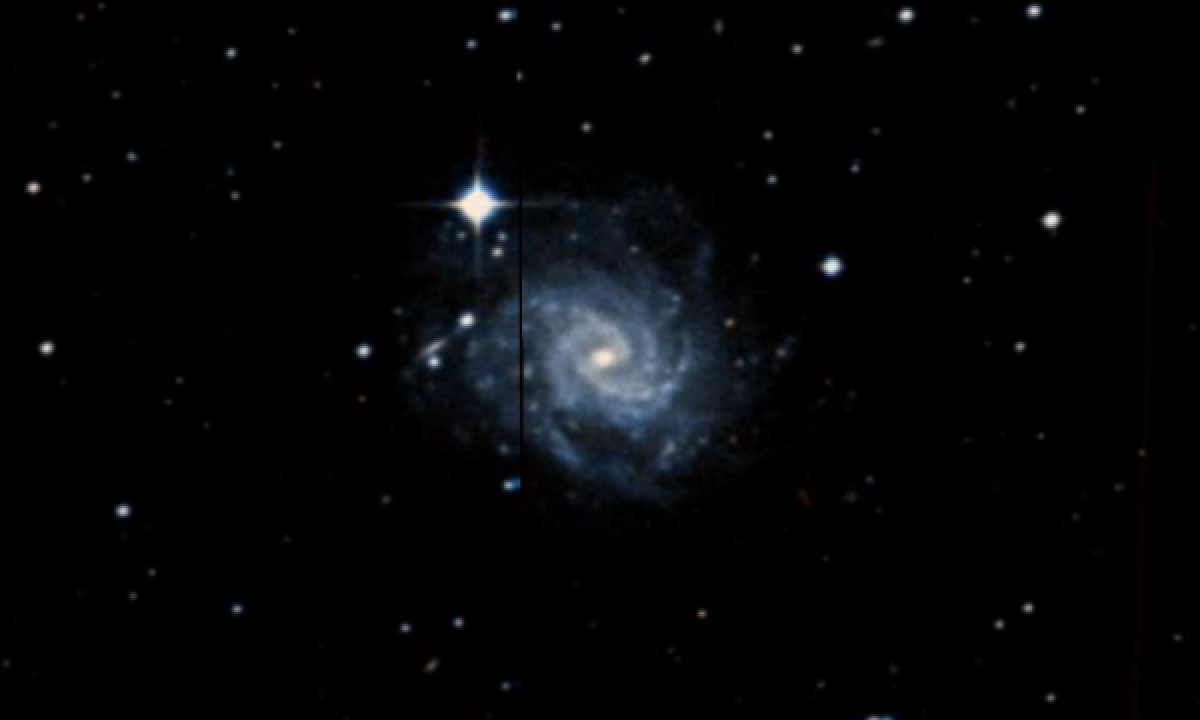The New General Catalogue of Nebulae and Clusters of Stars (abbreviated as NGC) is a catalogue of deep-sky objects compiled by John Louis Emil Dreyer in 1888. The NGC contains 7,840 objects, known as the NGC objects. It is one of the largest comprehensive catalogues, as it includes all types of deep space objects, including galaxies, star clusters, emission nebulae and absorption nebulae.
Know more about NGC
NGC 5885

NGC 5885 is an intermediate barred spiral galaxy located in the constellation Libra. Its speed relative to the cosmic microwave background is 2,185 ± 13 km/s, which corresponds to a Hubble distance of 32.3 ± 2.3 Mpc (~105 million ly). NGC 5885 was discovered by German-British astronomer William Herschel in 1784. The luminosity class of NGC 5885 is III and it has a broad HI line. It also contains regions of ionized hydrogen. With a surface brightness equal to 14.39 mag/am2, we can qualify NGC 5885 as a low surface brightness galaxy (LSB). LSB galaxies are diffuse galaxies with a surface brightness less than one magnitude lower than that of the ambient night sky. To date, 11 non-redshift measurements yield a distance of 22.055 ± 5.687 Mpc (~71.9 million ly), which is outside the distance values of Hubble. Note that it is with the average value of independent measurements, when they exist, that the NASA/IPAC database calculates the diameter of a galaxy and that consequently the diameter of NGC 5885 could be approximately 37, 5 kpc (~122,000 ly) if we used the Hubble distance to calculate it.
More Images:

Sources:
Wikipedia Page: NGC 5885
NGC 5885 at In-The-Sky website
